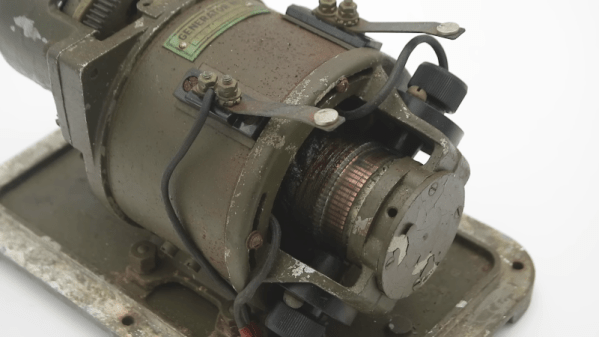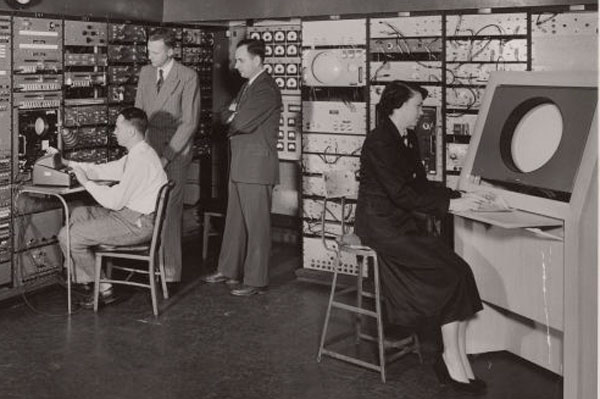If you’ve ever watched a cartoon where something blows up, you’ve probably seen a detonator — the device with a plunger that, when you push it, some dynamite blows up a bridge or a building or whatever. Detonators may be common in cartoons, but they are very real, and [Our Own Device] talks about some vintage detonators and, along the way, gives a brief history of explosive compounds.
For many years, black powder — a low explosive — was the only game in town. But a flurry of scientific advances brought a new class of high explosives far more powerful than gunpowder. The story of antique explosive factory safety measures, and lack thereof, is also an interesting side detour.
We enjoyed the trip down memory lane. However, if you want to skip the history lesson, jump about 17 minutes in to get a better look at the hardware. The teardown follows soon thereafter. These boxes are built solidly and have many safety features to prevent accidental detonations. One is a dynamo device with some clever mechanisms to ensure that the unit produces enough voltage, the other uses a charged capacitor.
Our usual interest in pyrotechnics is usually aimed more at fireworks. You think of explosives as having an imprecise effect, but that isn’t necessarily the case.















